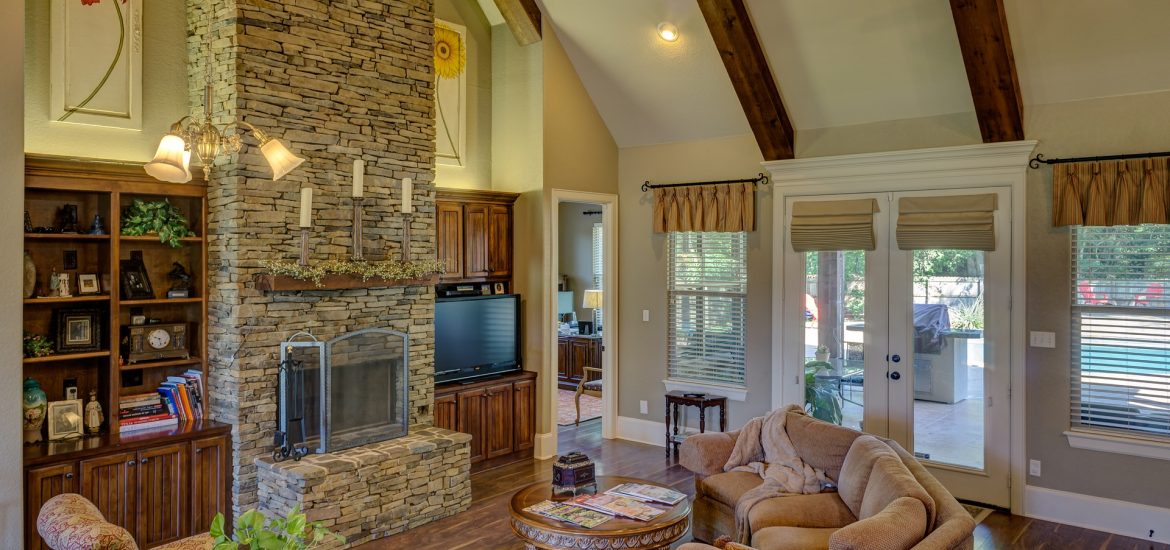So, you’re ready to sell your home, and you know you could improve the way it looks, but you’re not sure where to begin. Here is a quick guide to help you get started with staging.
Curb Appeal
Walk down the street from your home and take note of how your home looks from the curb. Compare your home to other homes in the neighborhood (especially on your street) and be objective and critical. Are the shutters too dark and unappealing? Are the hedges in the front a little unshapely and need to be clipped in a new way? Does the front door need to be repainted?
Remember, you probably rarely look at your home from the curb, but a lot of people are about to do that for the very first time. It’s important that you don’t turn them off to your home right off the bat. So think like a homebuyer, and critically assess your home’s curb appeal.
First Impressions
When a homebuyer walks into a house, his first impression is crucial. In focusing on areas like the kitchen and the bathrooms (which are good areas to focus on), don’t forget to look at the first part of the house – the part that you see right after you enter the front door.
Similar to what we discussed above about curb appeal, you should start by opening the front door. If it doesn’t unlock easily or open smoothly, get it fixed! There’s nothing worse than a potential buyer immediately being turned off by the front door.
As you enter the front door, look around. What you see will be the first thing that a potential homebuyer will see, and you want it to be appealing. Consider repainting that area or getting rid of any distractions (like an old sofa) that might leave an unsavory impression. Think about how to improve the sight lines from that area so that the buyer can immediately take inventory of the rest of the house from the front door (if the floorplan allows it). Don’t go crazy spending tons of money updating the front foyer, but a little thought and intentionality can go a long way.
Old/Cheap/Distracting Focal Points
Some fixtures of a home are focal points – chandeliers and other light fixtures, sinks/faucets, and appliances are a few common ones. If you have a fixture that is old, cheap, or distracting, consider upgrading it, even if you like it. Odds are that a prospective homebuyer will look at it and be immediately turned off.
Similar things can be said for other focal points that aren’t fixtures of the home, such as decor, TVs, or furniture. It may be better just to take down that picture which you consider a “conversation piece” but that others, who don’t know you, may think is just odd. If you have a TV in the middle of the room, consider moving it to a logical, less distracting spot. Pretend that you are looking at your home for the first time, and eliminate anything that could be a distraction.
The “C” Word
Homebuyers hate clutter. They hate seeing paperwork stacked up everywhere. They hate seeing dishes (clean or dirty) piled around the kitchen. They hate seeing decorations cluttered everywhere. Clutter is a dirty word (the “c” word!) when selling a home.
The thing is, many of us don’t realize our homes are cluttered until someone tells us. So instead of looking for clutter, think “minimalistic.” In other words, when you look around, ask yourself if your home generally has a minimalistic feel to it (and if you don’t know what that means, google it). Less is more when you’re trying to market your home.
Functional Spaces
Every space should have a function, and this could particularly become a problem after you declutter, since decluttering may result in dead, empty spaces. If there’s dead space in your home, think creatively to figure out a way to give it a function. Sometimes just moving furniture around or buying an end table and putting flowers on it is enough. Sometimes even rethinking how your kitchen is organized will open up new options for using the space in and around the kitchen. The possibilities are endless here, but if you go into your home thinking that every space throughout should have a function, you are likely to find some basic things that you can do to make the spaces in your home more functional.
Fragrances
Studies show that our brains remember smells in ways that they don’t remember sights or sounds. So making your home smell good can be a powerful way to market the home directly to the brains of potential buyers. This is especially true for vacant homes, which almost immediately start smelling musty after the owners or tenants have moved out and need something to keep them smelling pleasant and fresh.
But it’s very important not to overdo it here. Strong fragrances could be a huge turnoff. Don’t go around spraying that orange spray everywhere (even though I admit that I’m a sucker for the orange spray) or unleashing a bunch of heavy fragrances. The ideal fragrance is light, airy, and barely noticeable.
That’s it!
Staging doesn’t have to be a big, scary event. Follow these steps and you’ll be able to come up with some simple, cheap fixes that go a long way.
